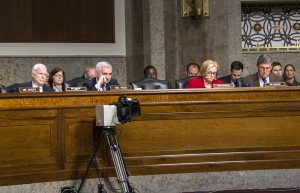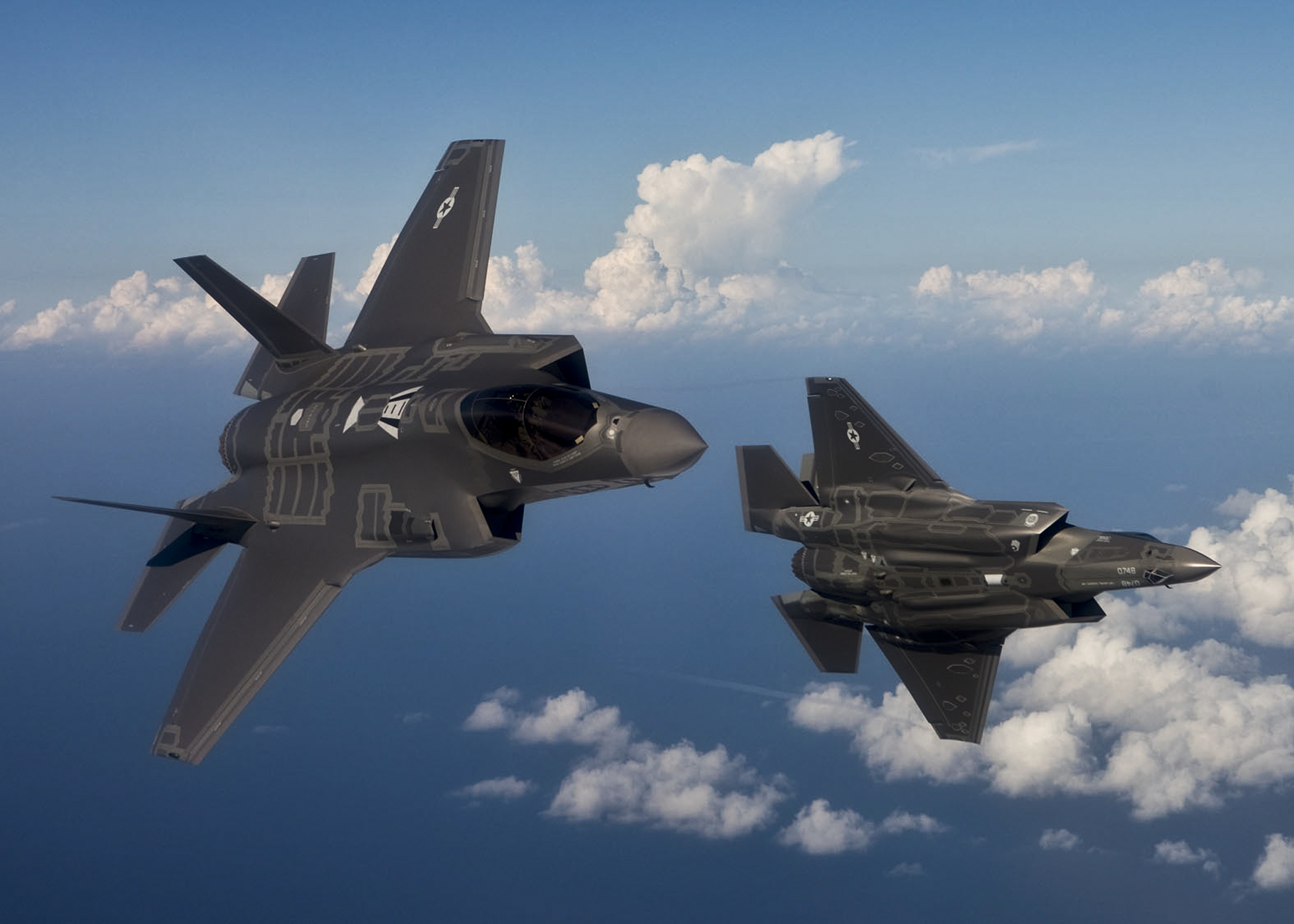WASHINGTON – Defense Department officials defended the embattled F-35 Joint Strike Fighter program Tuesday, insisting the warplane is still on track despite continued financial and technical glitches.
Air Force Lt. Gen. Christopher Bogdan, the program’s executive officer, told the Senate Armed Services Committee that since a 2012 restructuring, the program’s overall cost continues to decrease, and delays are not as bad.
The Government Accountability Office agreed on those points. But the GAO said the F-35 program, which Lockheed Martin produces at its west Fort Worth complex, is still over budget and behind schedule. The Pentagon must continue to lower costs and increase efficiency to make the fighter combat-ready.
“Although the program has managed costs very well” since 2012, said Michael Sullivan, of the GAO, it still poses significant funding challenges for the Pentagon. This is especially true, Sullivan said, when balanced against other funding priorities like the Ohio-class submarine and the B-21 bomber.

Senate Armed Services Committee members heard testimony from Defense Department and Government Accountability Office officials Tuesday on the embattled F-35 Joint Strike Fighter. (Steve Musal/Medill)
Armed Services Chairman Sen. John McCain, R-Ariz., wasn’t satisfied. He called the program “both a scandal and a tragedy in regards to both cost and performance.”
McCain, a former fighter pilot, said the jet fighter is the most expensive project of its kind in Defense Department history. However, he acknowledged that “the full capabilities this aircraft will eventually provide are critical to our nation’s national security.”
The fighter is meant to replace aging warplanes like the F-16 and the A-10 in providing group support and maintaining control of the skies against enemies on par with the U.S. in terms of technology. Lockheed Martin expects to produce 53 F-35s this year, as its complex undergoes a $1.2 billion renovation to meet production needs.
The cost to develop production-ready versions of the F-35 had dropped from $391 billion in 2014 to $379 billion in March (in 2014 dollars), but a GAO report released earlier this month said defects in the jet’s “computer brain” — called the Autonomic Logistics Information System — could raises costs by up to $100 billion at the high end.
The GAO’s Sullivan called the information system the most worrisome and expensive part of fixing the F-35, and also the most important for its warfighting viability.
But Bogdan told the committee that “challenges and discoveries,” with the ALIS and other parts of the fighter, are what’s to be expected at this stage of development.
“We believe we’ve identified the root cause of the problems and are now completing flight tests with these solutions,” Bogdan said. He estimated the program should have enough data to consider the current issue closed by the end of the month. The ALIS program has been delayed by about 60 days, Bogdan said, but it is still within the Air Force’s threshold time frame of September 2016.
That’s in line with the overall program: Still behind schedule and still well over cost, but ultimately doing better at meeting expectations. The end, officials agreed, is finally in sight.
“The F-35 is no longer a program that keeps me up at night,” Frank Kendall, undersecretary of defense for acquisition, technology, and logistics, told the committee. Kendall acknowledged the costs and the problems, but he said the Joint Strike Fighter program is headed in the right direction.


